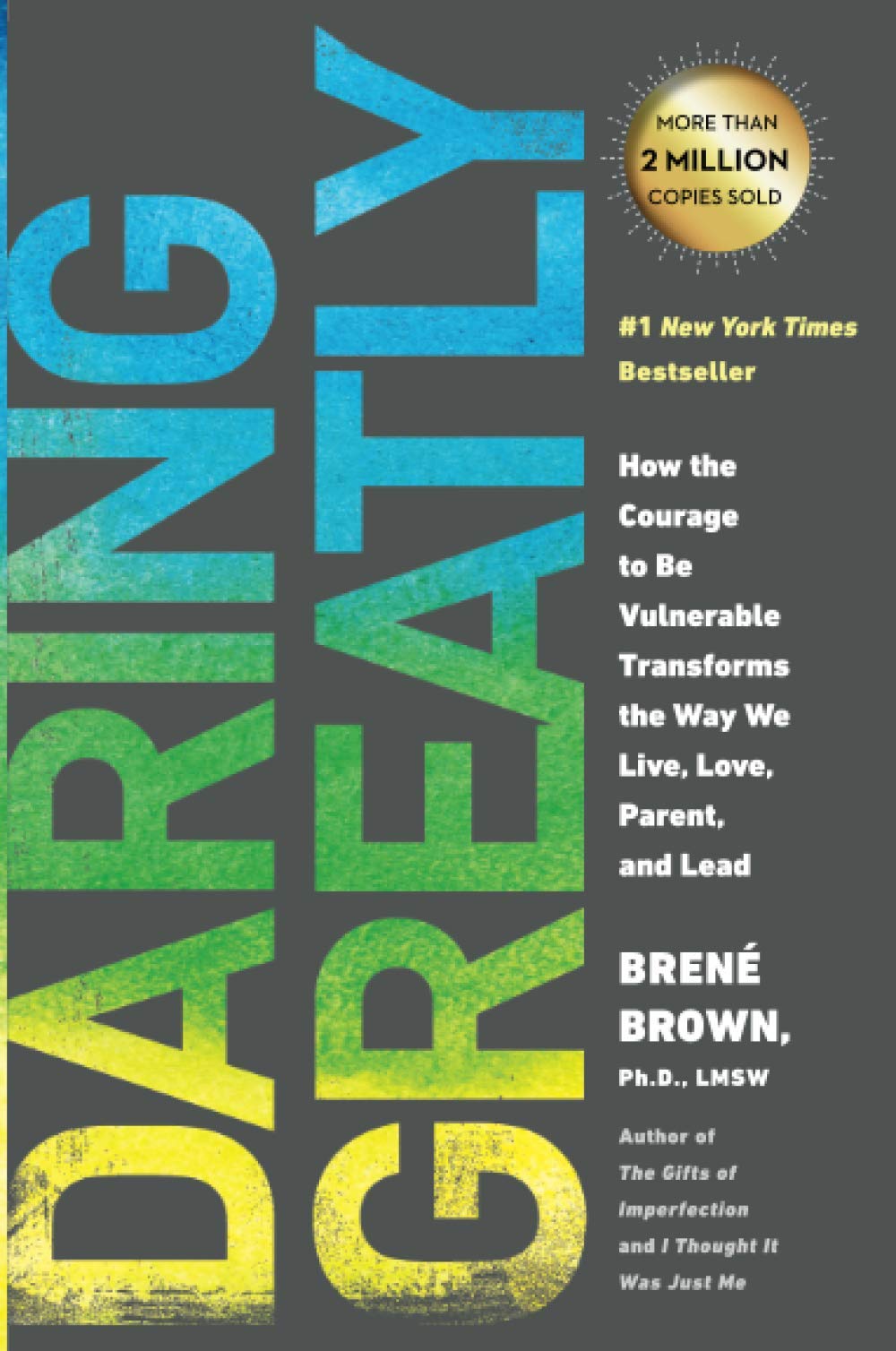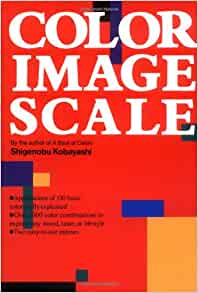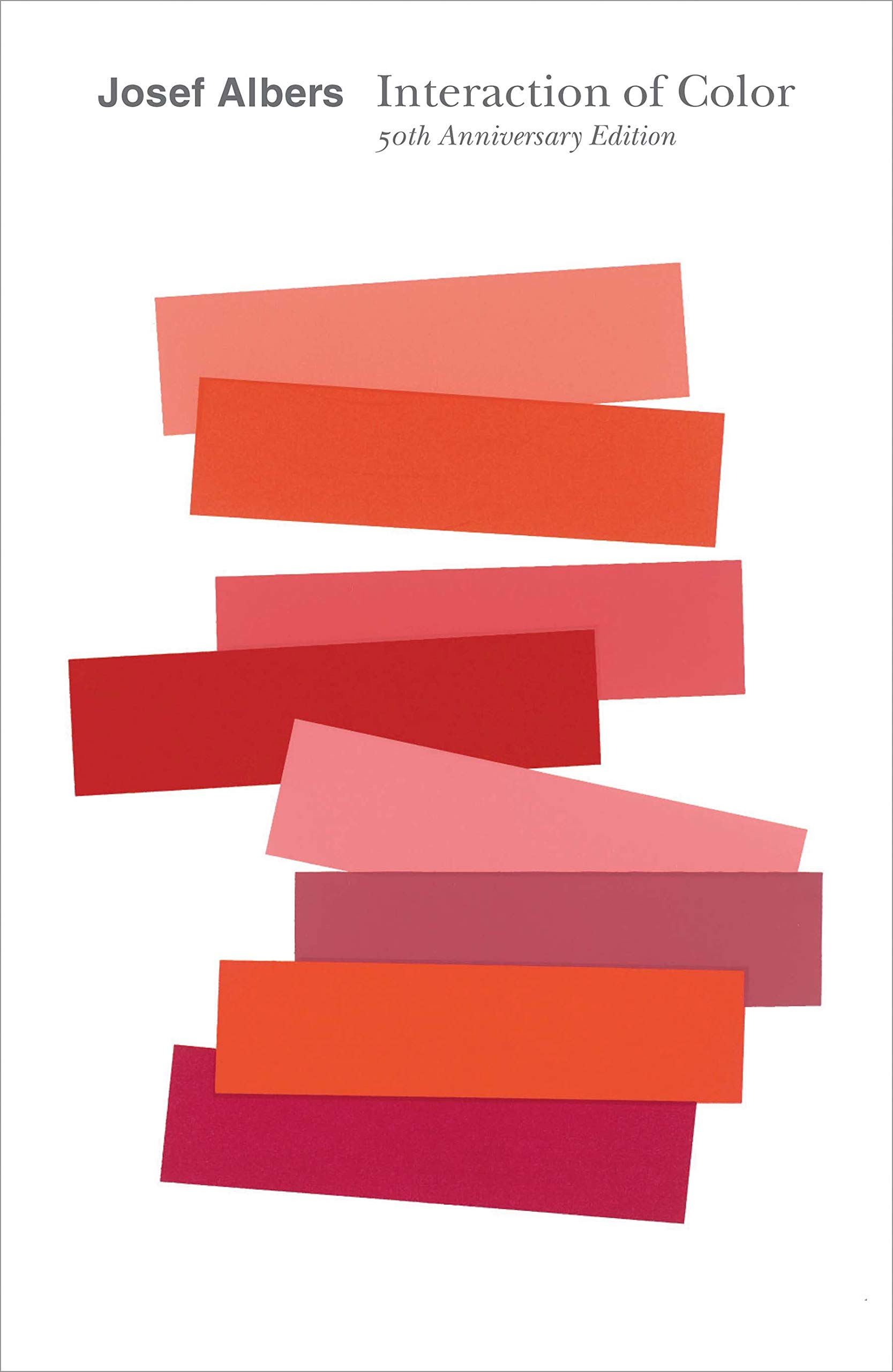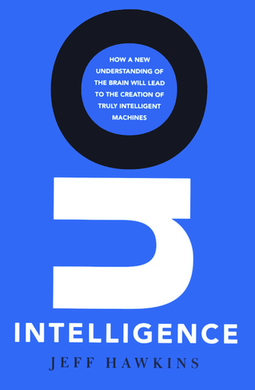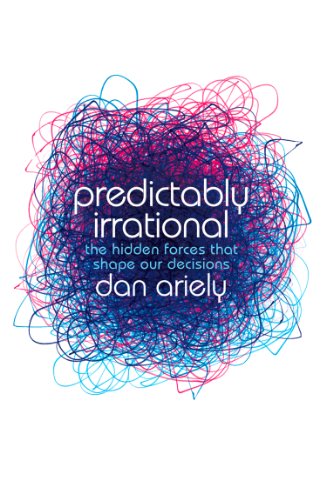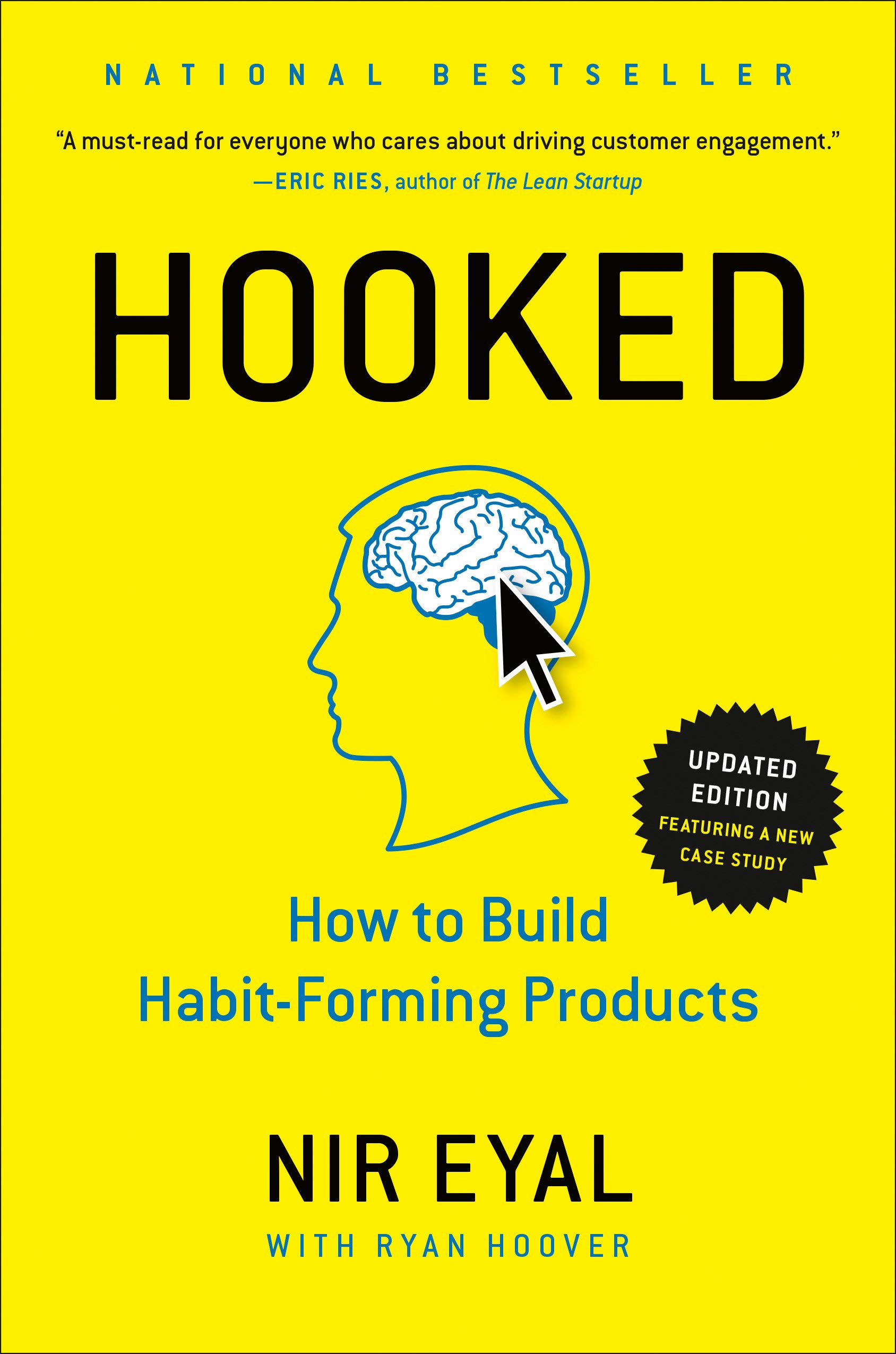About Me
I believe that simply making our products easier to use can change the world.
A simpler user experience empowers people to accomplish more, do more, and create more. If we add just a little bit of intelligence, either artificial intelligence or natural, to everything we make, the world will be a smarter place for it. Likewise, if we add just a little bit of joy into everything we make, the world will be a happier place. I have over twenty years experience in professional design, ranging from small startups going from zero to one and large enterprise projects worth hundreds of millions of dollars. No matter what you are trying to build, I can help.
For examples of how I put my values into practice, check out my portfolio and personal projects
- or -
Schedule a FREE 30min design consultation with me
My Design Process
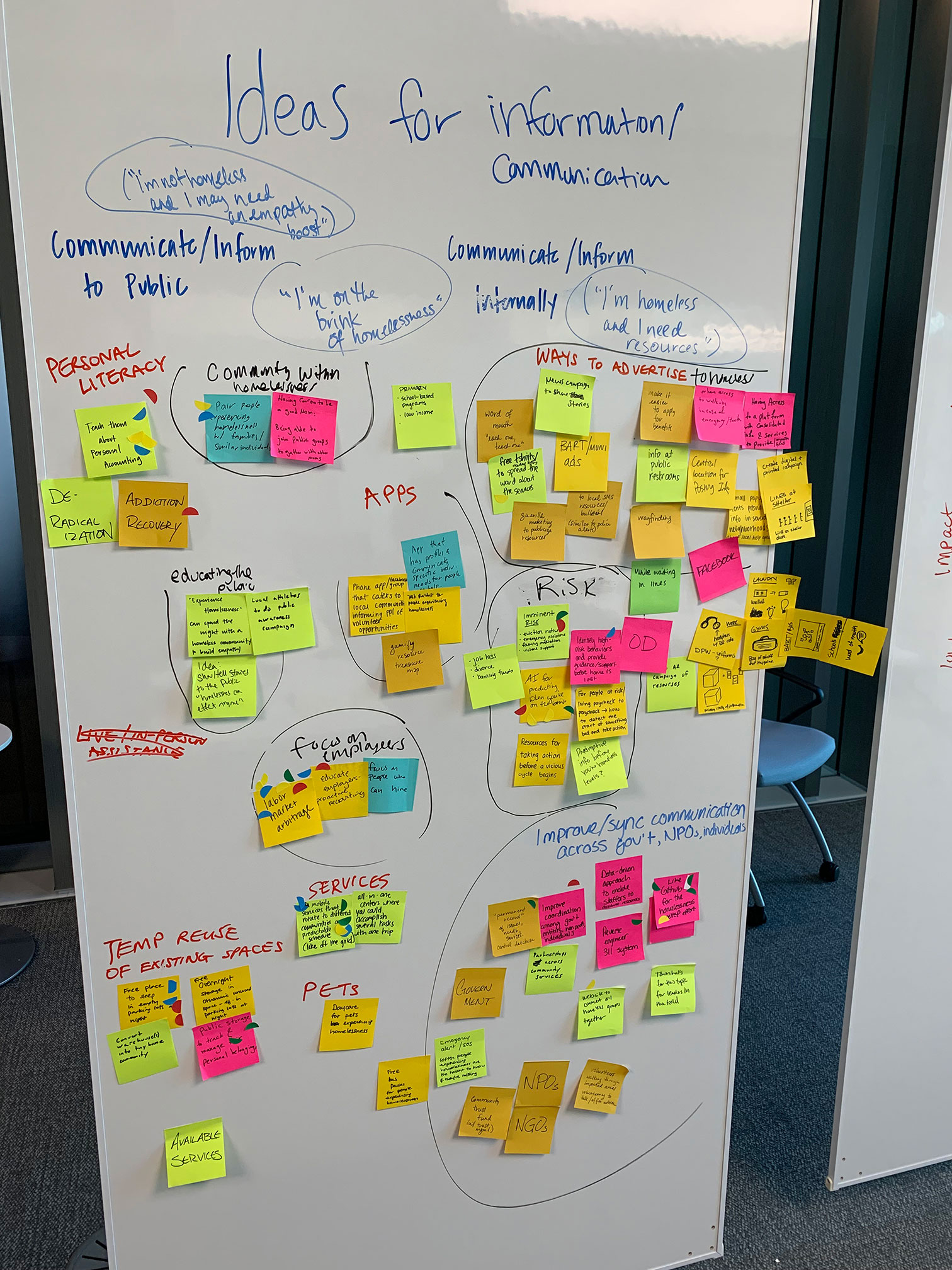
The Magic Workshop: A Proven Design Process
My journey in user experience design began with a pivotal moment in 2001, when I discovered Kelly Goto's groundbreaking book, Web Re-Design 2.0: Workflow that Works. Inspired by her work, I formalized and codified my own design process, which would later become the foundation for my app, Notes and String.
As I developed my process using physical notecards and string in the early days of the dot-com era, my coworkers were skeptical about my pencil and paper approach. But I was convinced that a well-designed process could yield better results than the traditional methods. This mindset has guided me on a twenty-year journey to refine my design process into a simple yet effective set of steps.
Today, I start every project with trusted user-centered design methods like empathy mapping, personas, and storyboards, avoiding the pitfalls of premature screen designs or wireframes. My goal is always to deliver working prototypes as quickly as possible while ensuring that they meet users' needs.
As a "process nerd" (a term my friends affectionately use), I've distilled my design process into a repeatable, step-by-step approach that yields consistent results. This is what I call The Magic Workshop, a "Design Thinking Recipe" that guarantees an outcome simply by following the steps, much like a cooking recipe.
The Magic Workshop is now available as part of every copy of Notes and String, but you can also access it for free here on my website.
"It's the building of things that makes you happy. You have to enjoy the process whether you succeed or fail." — Caterina Fake, Co-Founder of Flickr
My Design Heroes
My design heroes, almost to a man, are women. Despite that, it took several years of my female colleagues explaining to me the uphill battles that women face in the industry before I finally understood that not only have my design heroes become accomplished designers with national and international recognition, they did that against adversity.
Over the past several years, I have been working with organizations to support women in STEM/STEAM, including Women Who code, and the Empowering a Billion Women Foundation to try to even the score by lifting up, empowering, and putting women front and center. Bringing that spirit to this list, here are some of the women in UX who have had a profound impact on me, and who I have learned from by their examples throughout my career.
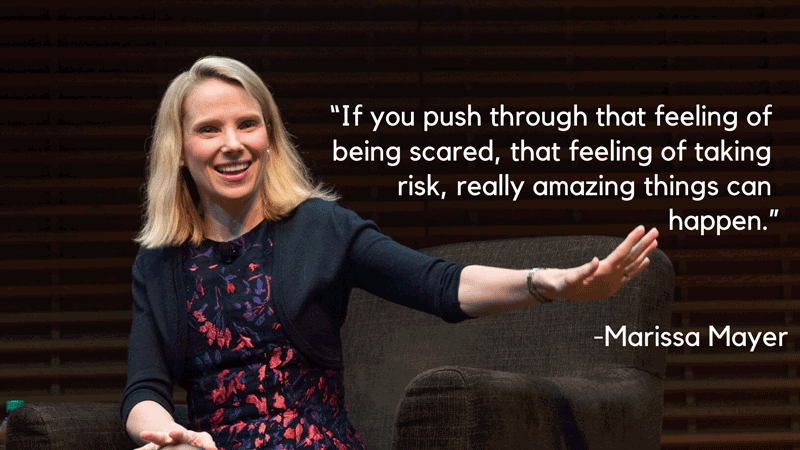
- Kathy Sierra, Creating Passionate Users
- Brené Brown, Researcher/Storyteller
- Caterina Fake, Flickr
- Leah Buley, Adaptive Path
- Kenya Oduor, Human Centered Researcher
- danah boyd, Microsoft Reserach
- Marissa Mayer, Yahoo!
- Kelly Goto, Goto Media
- Susan Kare, Apple
Reading List
I believe you can tell a lot about a person by their library. Here is a selection of the books on design that had the biggest impact on me, both personally and professionally. Some of them are well known while others are a bit obscure, but over the years I've read them all multiple times. I've skipped the usual suspects like Don't Make Me Think and The Design of Everyday Things because they're probably on everybody's list already, but if you haven't read them and you're looking for a good introduction to UX, those are the ones I recommend.


